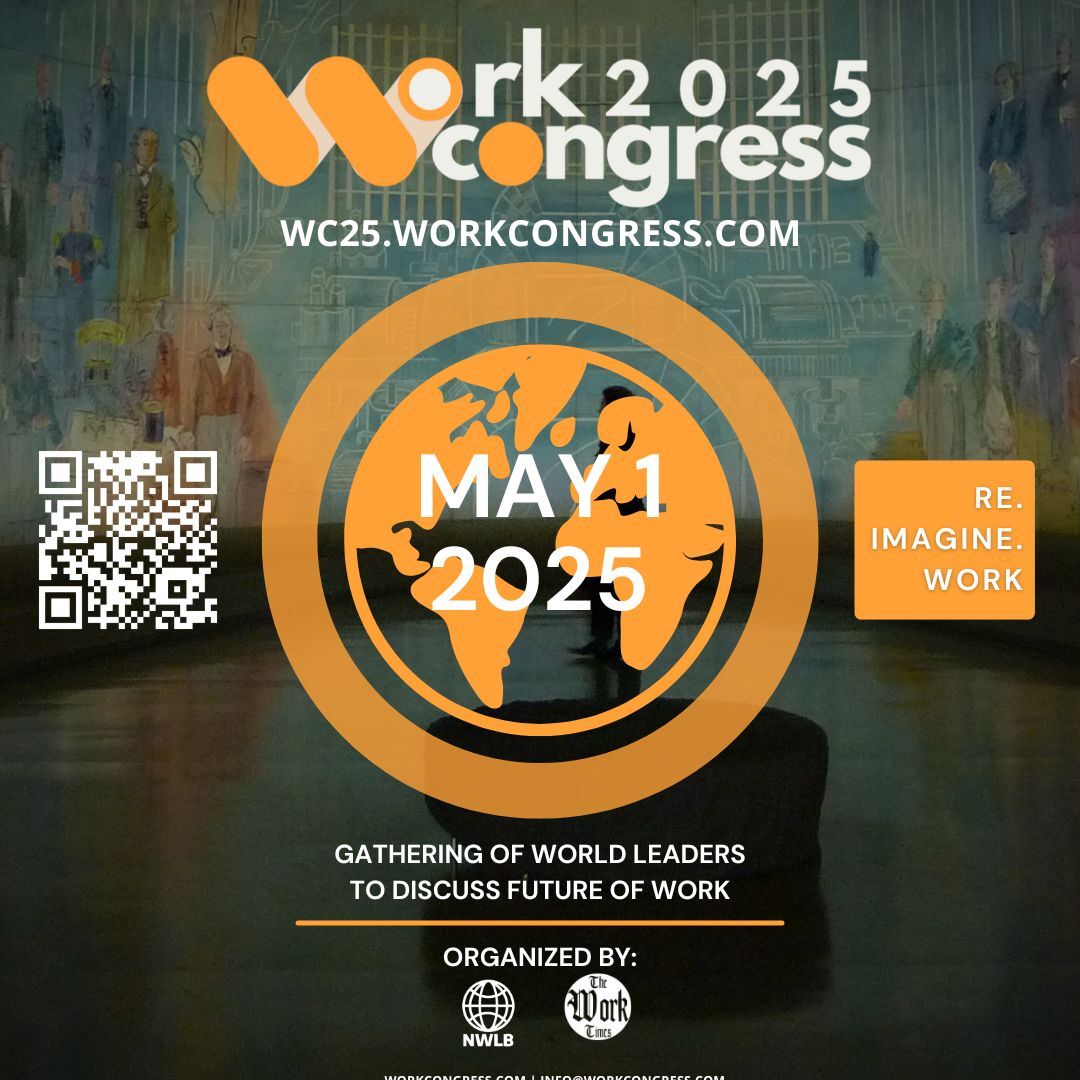As artificial intelligence continues its relentless march across industries, shaping how work is performed and redefining the contours of employment, policy decisions on AI adoption and labor have never been more critical. Among these policies, the AI strategy of the Trump administration stands out — not because it champions sweeping worker protections, but precisely due to its pronounced emphasis on upskilling workers to navigate an AI-driven future. This pivot towards empowerment through education and skill development, while sidelining comprehensive worker safeguards, offers a fascinating perspective on governance in a rapidly evolving tech landscape.
In an era where intelligent machines threaten to automate tasks at scale, governments face the delicate balancing act of fostering innovation and economic growth while shielding workers from displacement and exploitation. The Trump administration’s AI policy veers decisively toward innovation-first, prioritizing investments and initiatives aimed at enhancing the AI capabilities of the workforce. The core belief underscores an optimistic narrative: equipping workers with AI fluency and advanced digital skills will mitigate displacement risks by preparing them to thrive alongside automation.
This strategy unleashed a range of programs centered on AI education and training, from incentivizing reskilling programs to promoting AI literacy across sectors. Instead of erecting firm regulatory guardrails around AI-driven employment shifts, the administration put its weight behind education and skill acquisition as the primary mechanism of adaptation. The implicit message was clear — the future of work hinged less on protection and more on personal and institutional agility.
But what does this mean for labor protections in the AI age? Unlike policies that foreground worker rights, wage guarantees, or transition assistance, the Trump-era approach sidesteps direct interventions meant to cushion disruption’s blow. This design choice illuminates a distinct regulatory philosophy: rather than slowing down the AI adoption curve or imposing strict guardrails, the state ought to empower workers to navigate change proactively, rendering protective legislation less necessary.
On one hand, this stance celebrates agency and responsibility, cultivating a workforce capable of mastering AI tools, augmenting human potential, and elevating productivity. It aligns perfectly with a vision of an unpredictable but opportunity-rich technological revolution — one where skill gaps can be closed through access to learning and innovation.
On the other hand, this approach arguably leaves behind those most vulnerable to AI disruption. Without strong protective measures such as guaranteed employment rights, benefits continuity, or effective safety nets, workers displaced by automation face uncertain adversities. The absence of robust labor protections potentially widens inequality and social stratification, especially for sectors prone to rapid automation and thin margins for retraining.
The Trump administration’s AI plan also reflects broader ideological currents informing technology regulation. The emphasis on upskilling dovetails with free-market principles, entrusting the private sector and educational institutions with leading the charge in workforce transformation. Instead of positioning the government as a direct protector, it acts more as a facilitator or catalyst, promoting tools and frameworks that workers and businesses can leverage independently.
In terms of regulatory impact, this policy direction signals a future where AI oversight is minimalistic and innovation-friendly, but potentially lenient on labor standards enforcement related to AI-driven workforce disruption. It postures AI not as an imminent existential threat to jobs but as a challenge to human adaptability. Consequently, AI governance may favor swift deployment, leaving labor market dynamics to self-correct through skill development rather than prescriptive regulation.
For the AI news community, understanding this paradigm is critical. It highlights a fundamental tension between optimism in technology’s potential and the ethical imperative to protect human livelihoods. By focusing primarily on upskilling, the Trump administration’s AI policy invites dialogue about the sufficiency of such measures amid historic technological shifts. Is skill acquisition alone adequate to ensure equitable transitions? Or does sidestepping worker protections risk exacerbating economic divides?
Moreover, this approach raises important questions regarding access and inclusivity of AI education. The effectiveness of upskilling depends heavily on availability, quality, and affordability of training opportunities. Without deliberate policies to democratize these advantages, the promise of workforce empowerment may disproportionately benefit already advantaged groups, further entrenching disparities.
In the broader landscape of AI governance, the Trump administration’s strategy serves as a pivotal case study — illustrating how prioritizing upskilling over direct protections can shape labor markets, social equity, and regulatory philosophies. It underscores that the conversation around AI and work is not merely about technology or economics, but about societal values and the kind of future we want to build.
As AI continues to evolve, so too must our strategies — embracing both dynamic skill development and thoughtful mechanisms to safeguard workers from unintended harms. The challenge moving forward is to find balanced policies that amplify human potential while delivering security and fairness in the AI-powered economy. The Trump administration’s approach, with its clear tilt toward upskilling, forces us to confront that balancing act head-on.

